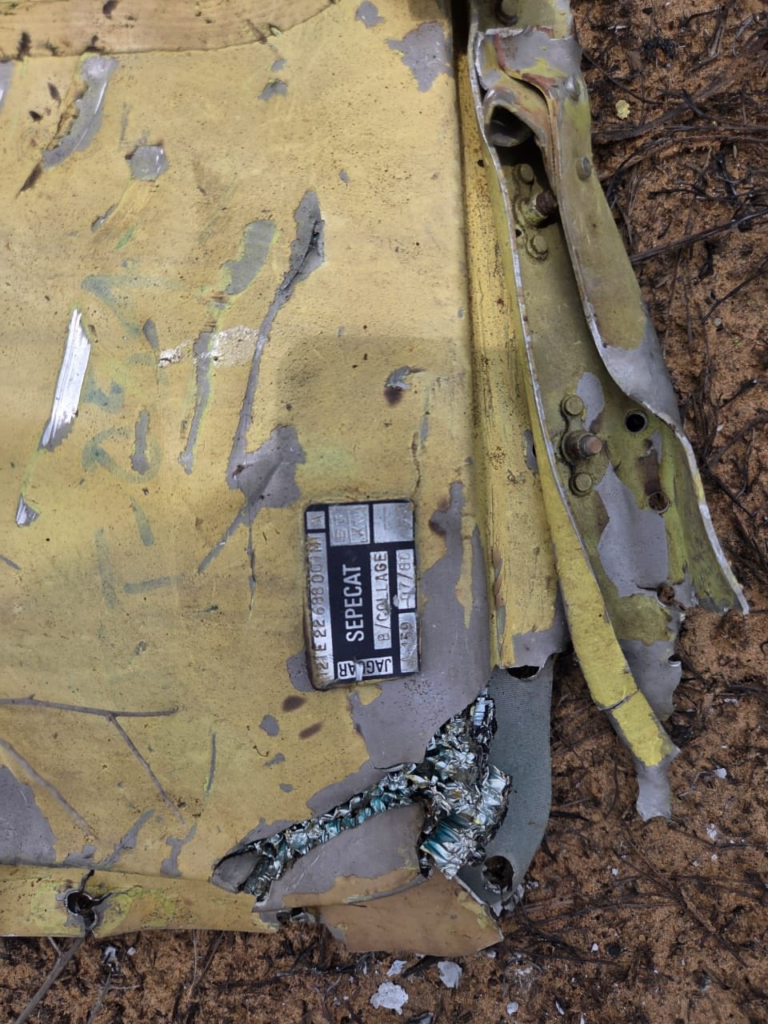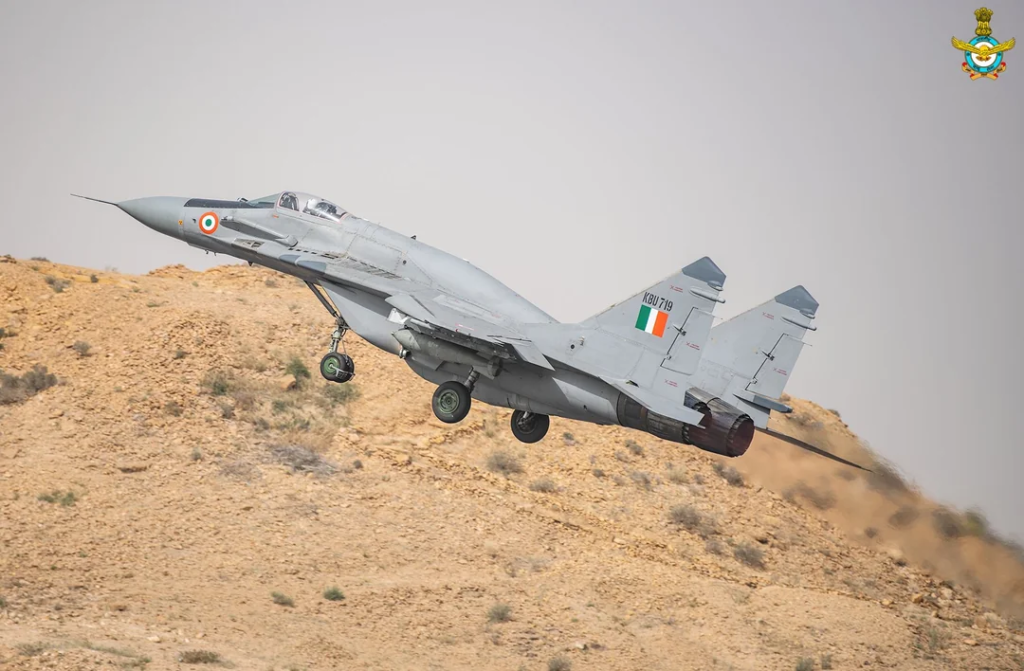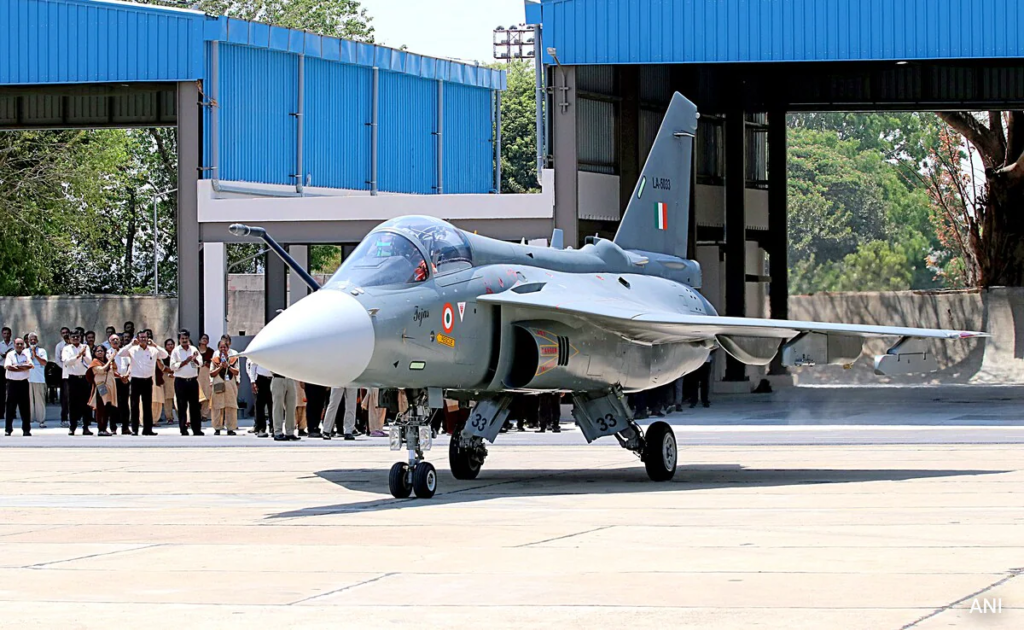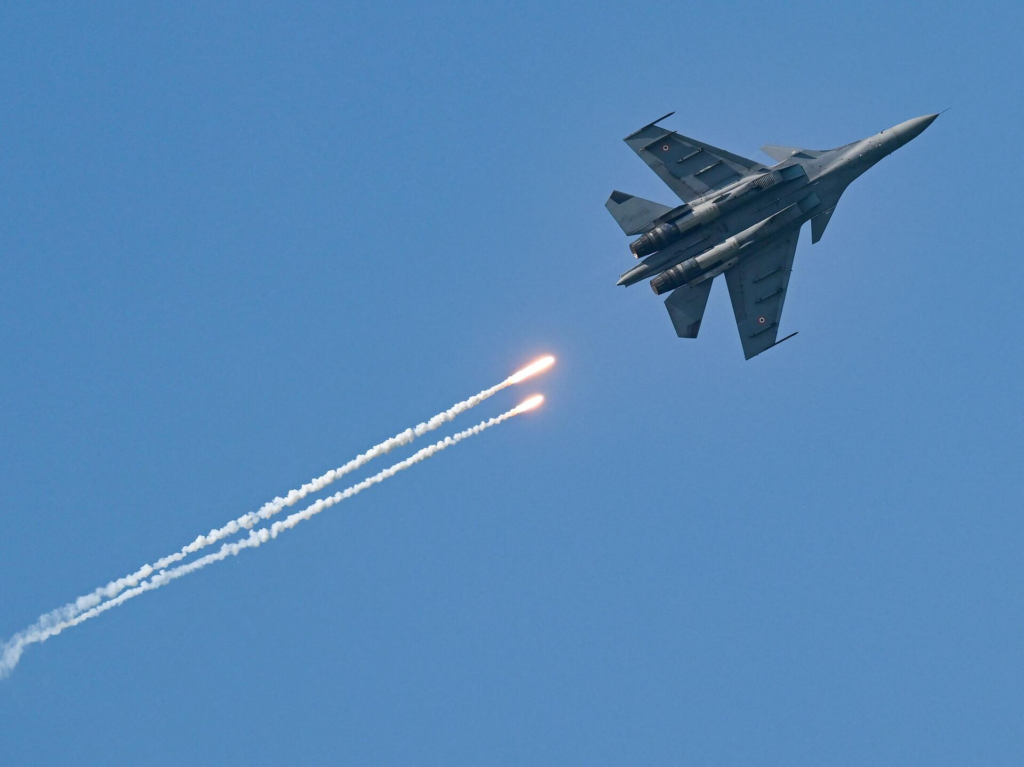“Though much is taken, much abides; and though we are not now that strength which in old days moved earth and heaven…”
— Alfred, Lord Tennyson, Ulysses
These words echo the reality facing the Indian Air Force today. Once cutting-edge, many IAF fighter jets now stand as relics of past strength. They still serve with pride, but their ageing systems reveal growing cracks. As threats evolve, so must the fleet before time claims more than just metal.
India’s frontline combat strength still depends on ageing IAF fighter jets like Jaguars, Mirage 2000, and MiG-29s. These aircraft, though maintained and upgraded, rely on designs that date back to the Cold War era. Engineers upgraded the airframes, but the core systems remain outdated and inflexible.
IAF Fighter Jets Face Crisis as Crashes Increase
Three Jaguar jets crashed in just four months, highlighting serious safety concerns. On March 7, a Jaguar crashed in Haryana. The pilot ejected safely after a technical failure. Then on April 2, a twin-seater Jaguar crashed in Gujarat. One pilot died, and the other suffered injuries. The third crash happened on July 9 in Rajasthan and both the pilots suffered fatal injuries when the jet crashed in Churu.

Looking at debris from crash one can understand, this part is originating from the 1980s. India remains the only country still flying Jaguars. France retired them in 2005, the UK in 2007, and Oman in 2014. Others like Ecuador and Nigeria retired them decades ago. Yesterday’s crash cost India two brave pilots, a loss deeper than just military hardware.
Outdated Systems Limit Mirage 2000 and MiG-29 Effectiveness
Currently, the IAF operates 5 Jaguar squadrons, 3 Mirage 2000 squadrons, and 3 MiG-29 squadrons. These IAF fighter jets continue to serve on paper, but their core technologies belong to a different era. Although upgraded, these jets still lack modern systems like Active Electronically Scanned Array (AESA) radars (Jaguar excluded). Their avionics, cockpit layouts, and electronic warfare capabilities reflect the limitations of their original design. Globally, most countries have either retired or replaced these legacy aircraft with newer platforms. While the IAF extended their service lives, their age increasingly limits operational effectiveness. Simply put, they are no longer ideal for modern air combat if you had a choice to replace them with likes of Tejas, Rafale, Eurofighter or Gripen.


Tejas Mk1A Delays Reduce Replacement Potential
Initially, the IAF designed Tejas to replace MiG-21s. Over time, their expectations grew. Now the Mk1A version carries more advanced systems. However, engine supply issues and production delays slowed down deliveries. Even by 2030, India may operate only 120 Tejas aircraft. This number falls short of replacing every ageing jet.

Su-30MKI Forms the Bulk, But Also Shows Its Age
Su-30MKI dominates India’s fighter inventory. But this aircraft too, began induction two decades ago. While capable, its systems demand modernization. Rafales and Tejas provide modern options but exist in limited numbers. The majority of IAF operations still rely on older fighters.

Crashes Highlight the Real Cost: Lives of Pilots
The value of an airframe can never match the worth of a trained pilot. Crashes often result in tragic loss of life. India lost two pilots in yesterday’s Jaguar crash. That loss cannot be recovered. Still, the IAF plans to fly Jaguars till 2035. MiG-29s and Mirages may continue until at least 2030.
Urgent Need for New Fighter Jets With Modern Features
India needs modern jets that offer safety, survivability, and superior combat systems. These new platforms must support modular upgrades and longer service life. The IAF cannot delay modernization further. Accelerating re-equipment programs is not just necessary but “it is urgent”.

the cost of engine delay can never be calculated.
with drones doing so much for so less and also evolving faster than anything. the future of manned planes and costly equipment looks bleak. and it is good.